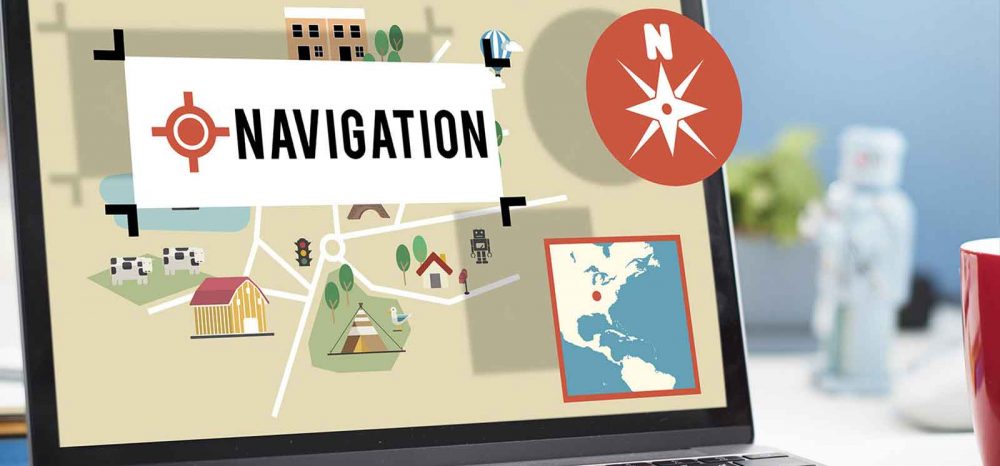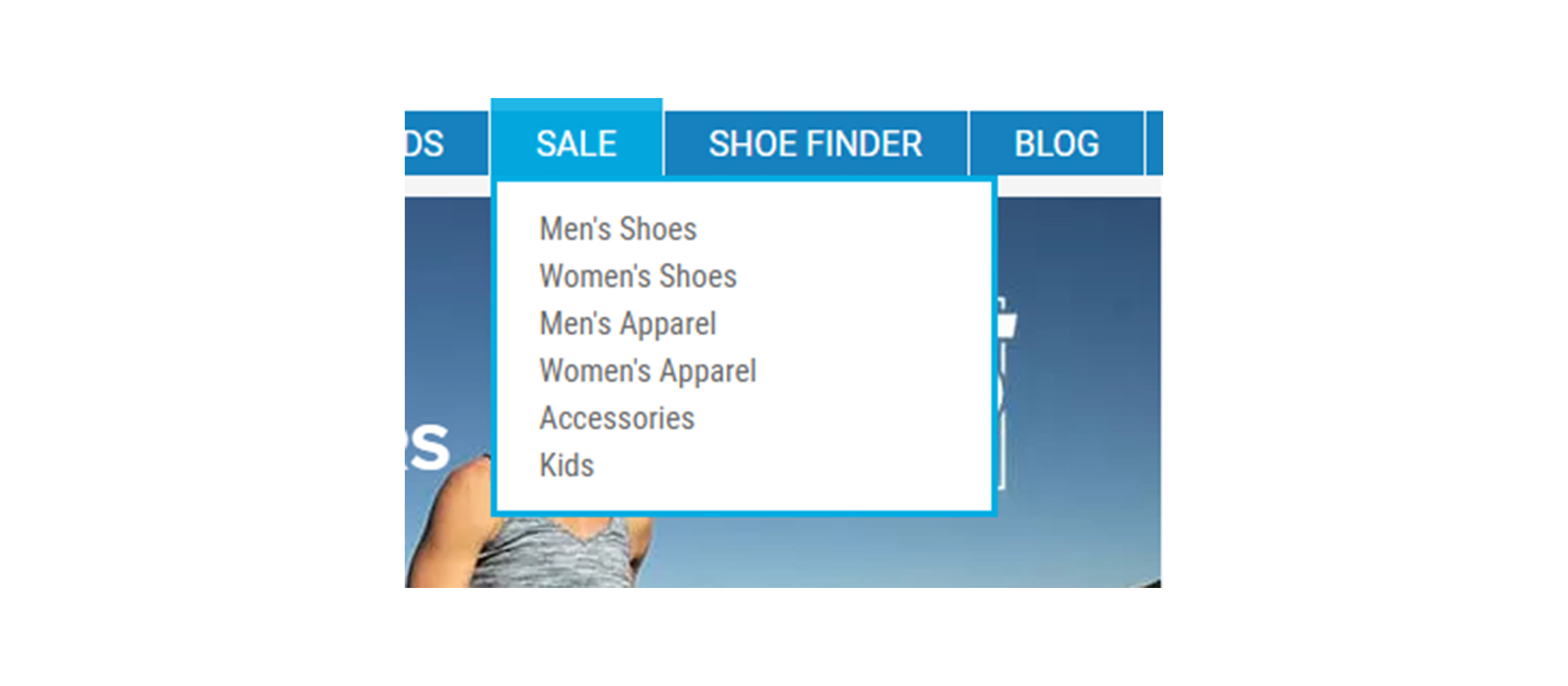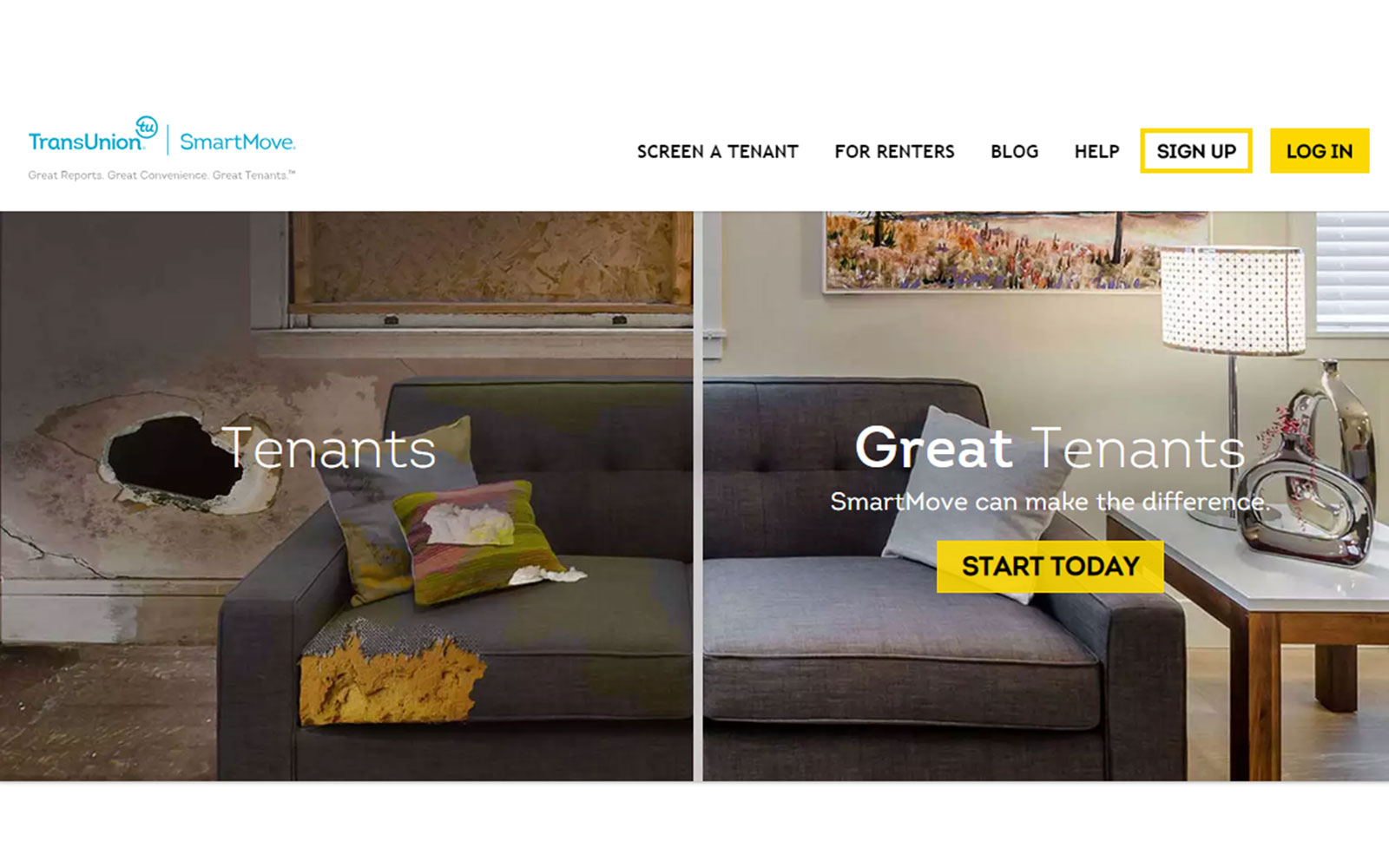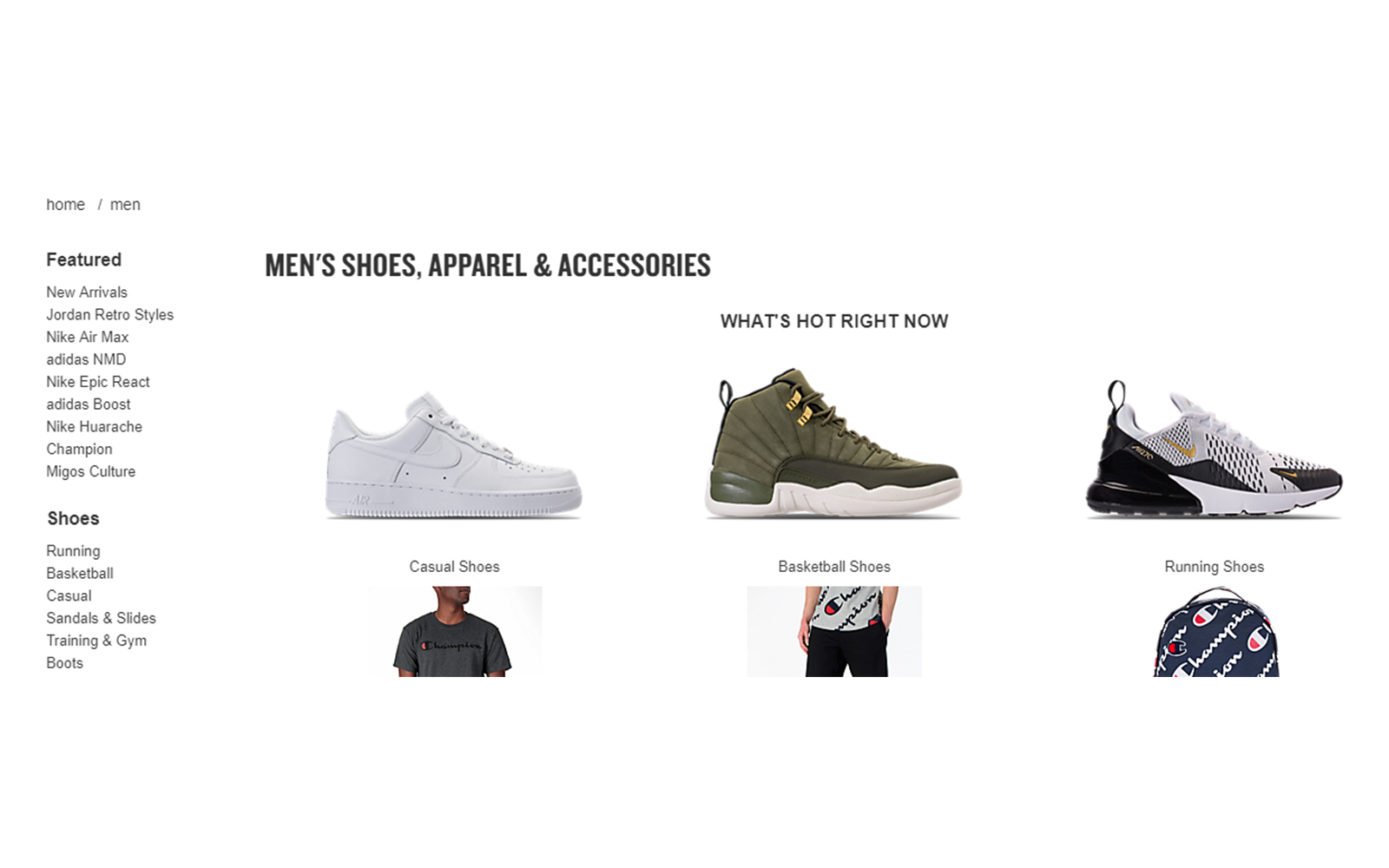Cause marketing is often a misunderstood topic and is not as simple as giving money away to charity.
In fact, there are two general types of cause marketing: partnering with a non-profit and running a business that has undying values of helping solve an issue of some kind. This issue can be anything from political, social, environmental, economic, or more!
But how can businesses get involved with this type of marketing? To start, a business can align themselves with a community entity or partner with charities as a way of marketing and advertising their brand. Cause-focused marketing, if done right, is extremely effective.
Aside from the two general types of cause-focused marketing, we will explore several other strategies that companies can leverage: percent of revenue, 1 for 1, value-based, and other strategies that don’t necessarily fall into a category. We will also highlight a few companies, both large and small, that are great examples of this type of marketing.
Strategic Partnerships
Strategic partnerships are centered on a business partnering with an organization for a product line or limited offshoot with a specific goal or cause in mind. A textbook example is Giorgio Armani and their “Emporio Red” clothing line:
(RED)
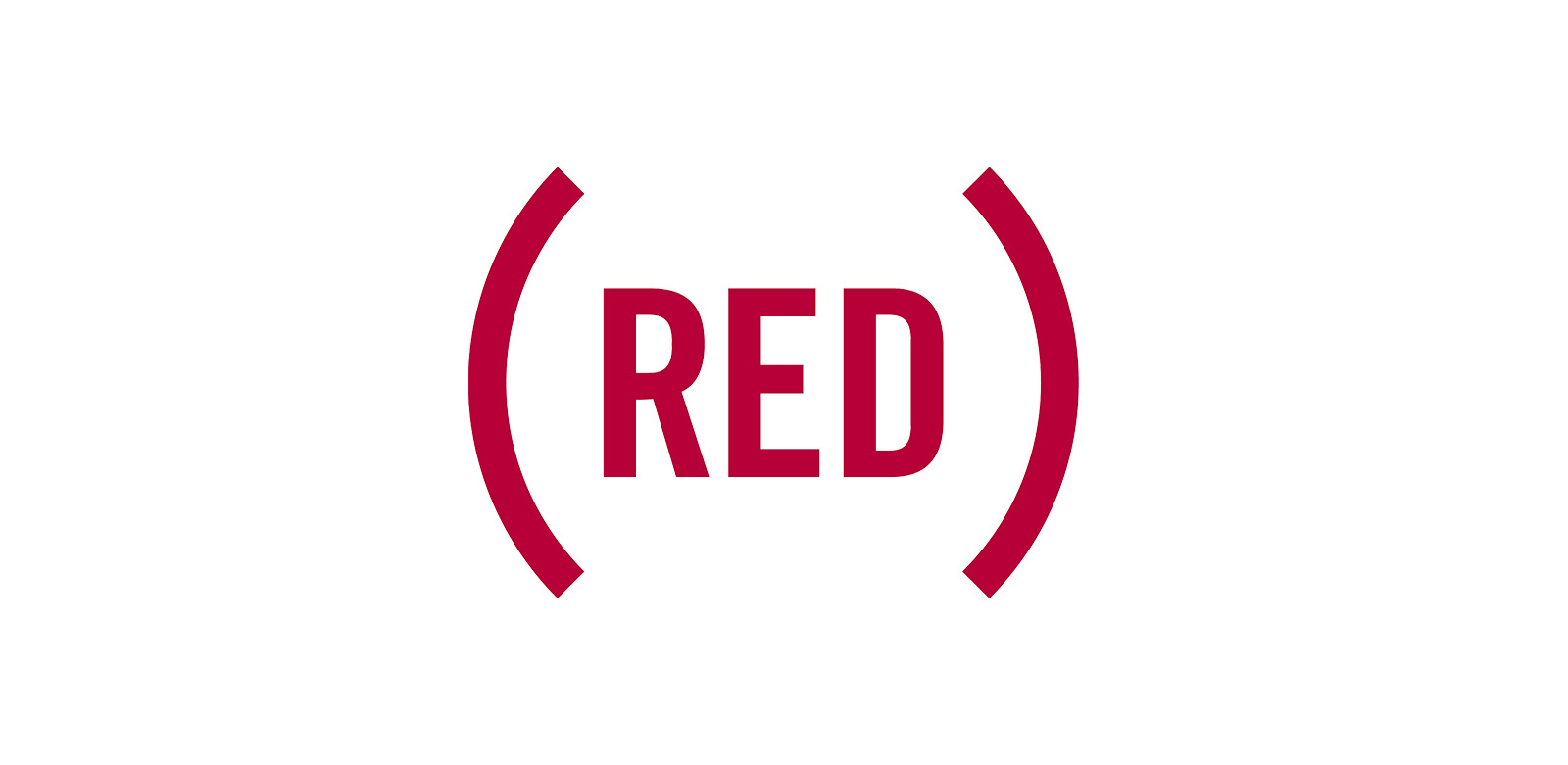
In 2006, Giorgio Armani partnered with (RED) in order to make red clothes, which they called “Emporio Red”, and donated 40% of the profits to the Global Fund. The Global Fund makes up a quarter of the international funding for HIV/AIDS programs and (RED)’s product campaigns have been a big reason why.
Percent of Revenue
The first type of cause-focused marketing is when a company partners with a charity and agrees to give a percentage of sales revenue to that charity. Below are a few different brands practicing this type of marketing.
FACT Goods
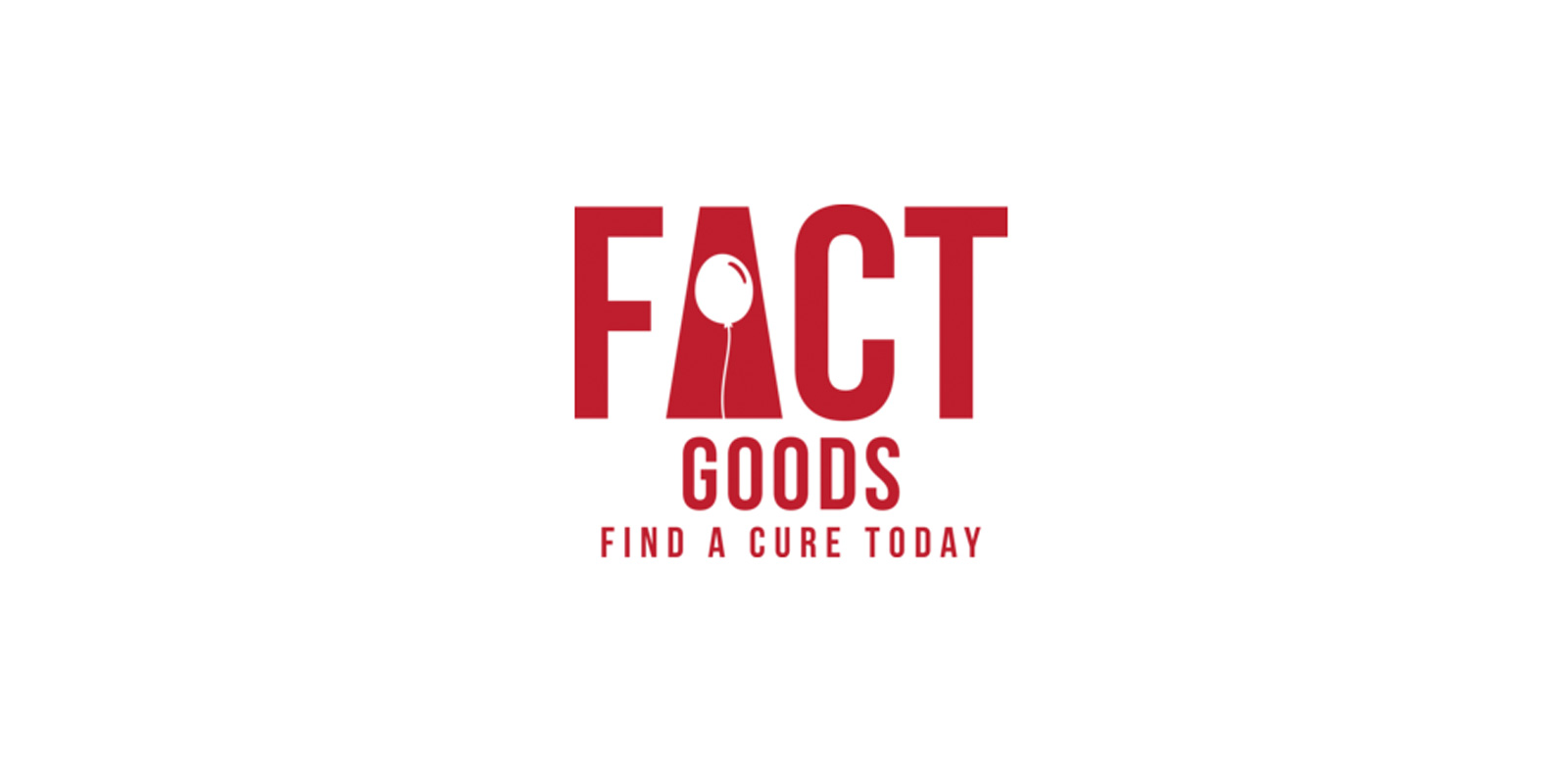
Founded in November 2017, FACT Goods is a young company with a mission to “find a cure today”, they have a vast collection of cause-based products, but none are more popular and impactful as their line of Pink Ribbon Hats. FACT Goods shares 25% of their proceeds with organizations such as the Breast Cancer Research Foundation and the Cancer Research Institute.
Another example is Ivory Ella where 10% of every purchase goes to an organization called Save the Elephants.
And finally, Miki Moko is a fashion sunglasses company that gives 50% of each purchase to charity.
1 For 1
Another type of cause-focused marketing is the 1 for 1 strategy in which a company will donate a product to a cause for each product they sell. Many people know Toms shoes as the company which made this type of caused focus marketing famous, but there are many others who followed suit. This strategy works the best when there is a hyper-specific niche or issue that the company is targeting.
Uncharted Supply Company
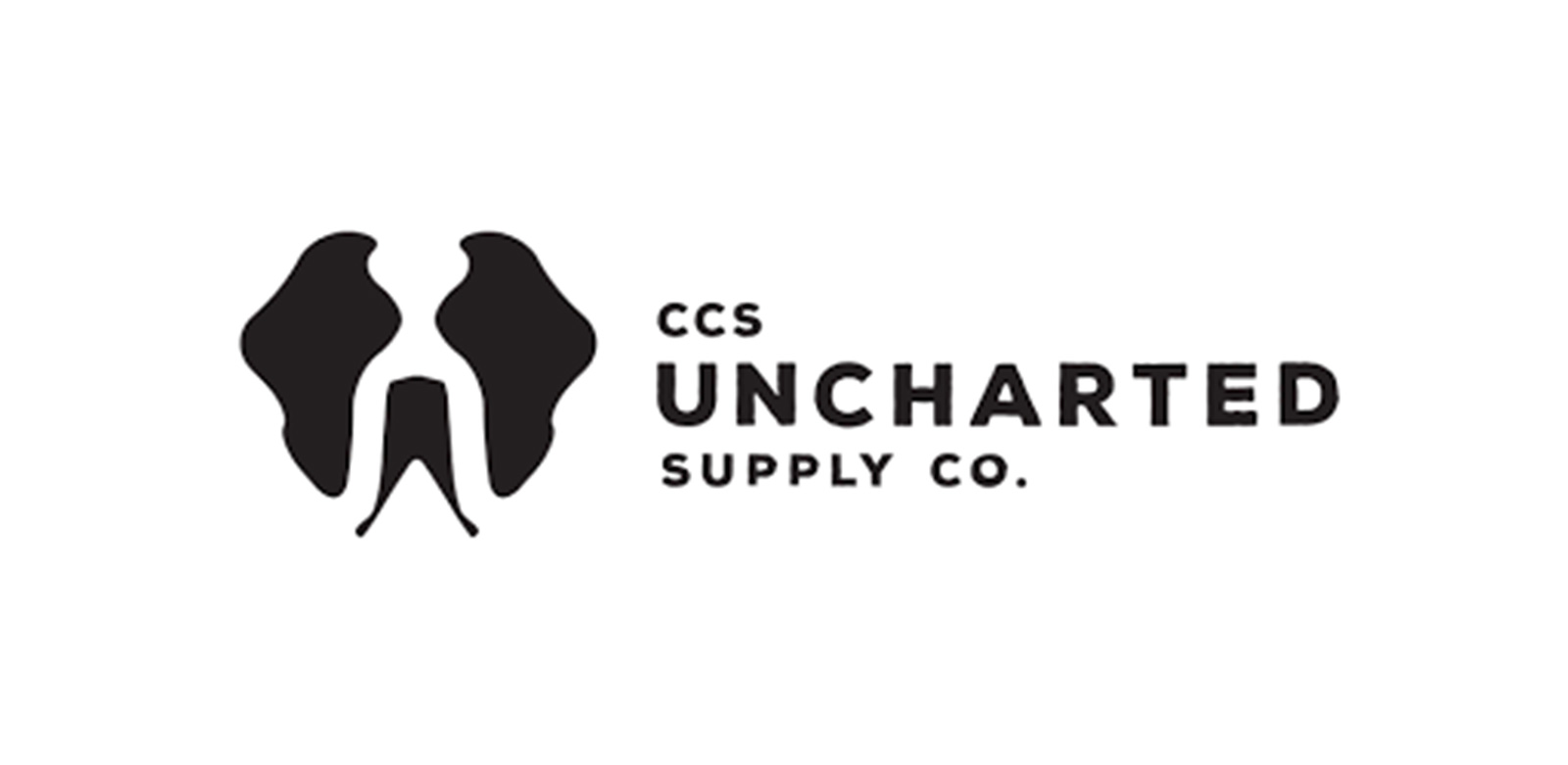
The Uncharted Supply Co is a unique company that makes survival gear and spreads awareness on safety tips and survival kits in case of natural disasters or accidents that take place while hiking or camping.
This company’s mission statement is “founded by a team of adventurers and philanthropists” and they truly live by that ethos, not only by promoting safety tips and making high-quality survival kits that are invaluable for amateur and experienced adventurers alike, but more importantly by giving back. For every one of their extremely popular and incredibly resourceful, Hideaway Jackets sold, they donate one to the homeless.
“We began our 1-for-1 Hideaway Jackets product campaign to support our social branding. It creates a win-win scenario for us and our customers,” says company founder Christian Schauf.
These jackets are made to survive the harshest weather and environments, but they are also made for a person with no other way to stay warm and no shelter to protect themselves. Adventurers and philanthropists indeed.
Value-Based “Cause” Marketing
Company values come in many forms. Many companies forget they can leverage these company values to help grow their profits and help tackle important issues. Here we are going to highlight a local business in San Diego called Randal’s Sandals.
Randal’s Sandals only sells, “local, eco-friendly, charitable beach foot fashion and lifestyle apparel”. They also offer to take people’s old sandals and keep them out of the landfill by finding them a new home.
Tactics for Effective Marketing
Now that we have seen a few examples of both local and national caused-focused marketing strategies, it is important to discuss how to properly leverage these strategies.
The first is through a tenacious media strategy that highlights how “awesome” your brand is. Companies should be mindful not to come off as opportunistic. The wrong message could backfire and actually cause your company to lose customers. Highlight real work that is being done and show personal stories of those that are benefiting from your work.
Social media and email marketing are both great tools for getting the word out to your customers.
It is also crucial to include your partnership or charitable alliance on your company’s website so that consumers coming across your brand for the first time can quickly understand how their money will help. Web design and user experience often sway sales, so it is important to get your message across as fast as possible.
Some of the ways you can display your partnership include:
1. Adding an image of the logo with a link to the nonprofit in your footer
2. Creating a “How We Give Back” page with a description of how your company contributes to the non-profit
3. Adding an image of the logo front and center on your homepage to make sure visitors see it with a quick description of how you contribute
Many companies often forget to train their staff on how to talk about the issues and the charities that they support. Your employees are your greatest advocates and if they do not understand how your cause is helping, there is a good chance that consumers do not either.
Finding A Cause
Since you’ve gotten this far maybe we’ve convinced you to give this cause-focused marketing thing a try.
Finding the right charity to partner with is a project in and of itself. The relationship has to be authentic and ideally, it resonates deeply with either you or your employees.
A great place to start is Charity Navigator which helps ranks nonprofits based on their financials and leadership.
At Websauce, we’re partnered with an organization called Campaign One At A Time which works to bring joy to children battling life-threatening illnesses by making some of their dreams come true (feel free to contact us if you’d like an introduction 🙂).
Conclusion
Now that you know some of the ways to go about cause-focused marketing and where to find your partner, it’s likely the only thing stopping you is time. Choosing a strategy, finding a partner, and implementing this change can seem daunting.
There’s no doubt it’s a bit of a commitment.
To make it easier on yourself, try finding a charity with an established partner program. There’s a good chance they’ll have everything you need to get started with them quickly and smoothly.
Do you know of a charity that would be great to partner with? Let us know in the comments below!

